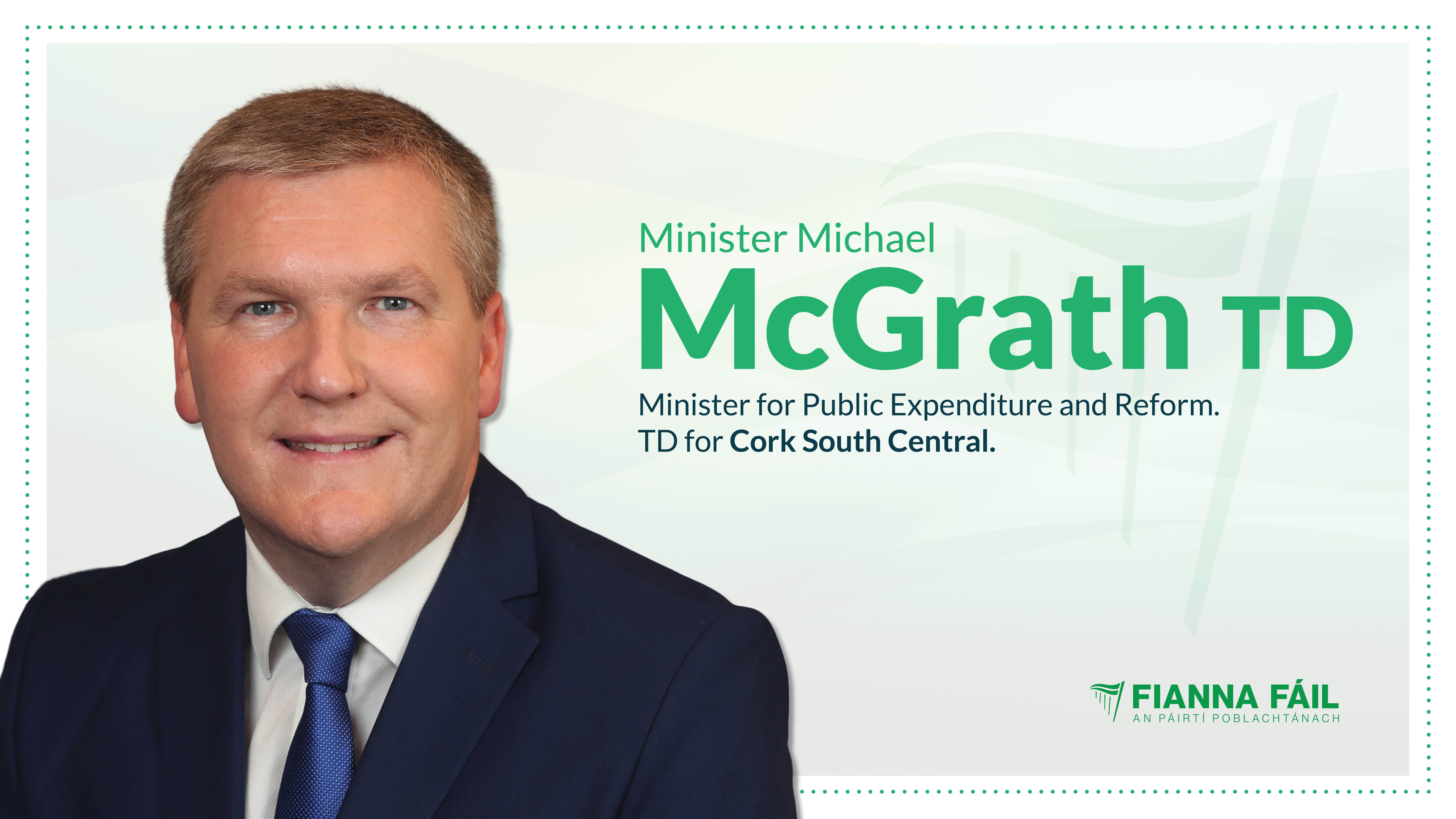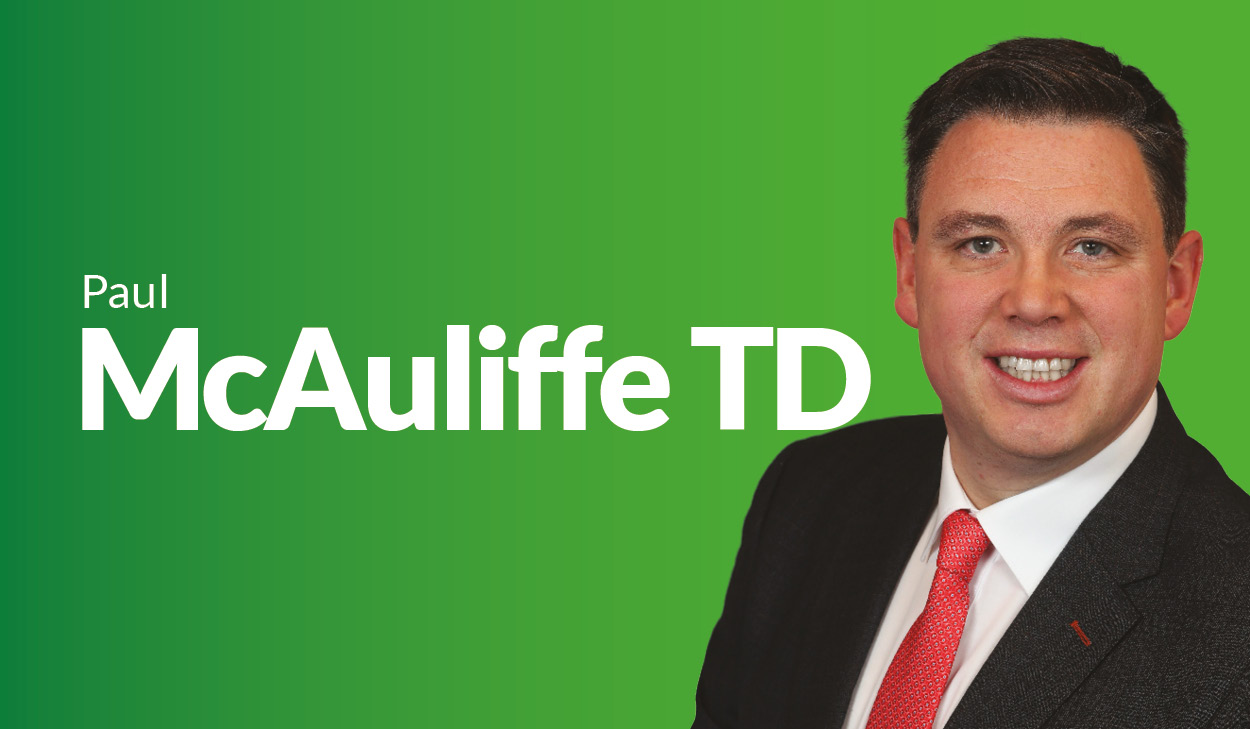Minister McGrath announces details of revised guidelines for Professional Indemnity Insurance in Public Works Projects
Published on: 10 February 2022
Revised guidelines for appropriate levels of PII
Guidance which addresses parties to contracts who are unable to maintain PII at the required level
Advice regarding alternative forms of insurance
Since 2018, the global PII market's cycle has been in a hardening phase. A review undertaken by Lloyd’s in 2018 identified non-US PII as one of the worst performing sub-classes of insurance. The Hackitt Report and the ongoing inquiry into the Grenfell Tower fire tragedy has also caused insurers to focus on the liabilities taken on by contractors and consultants in the construction sector.
As a result of a tightening insurance market for PII, it is becoming difficult to obtain PII at levels that were previously commonplace. Policies for construction professionals and contractors are becoming increasingly expensive, are providing a reduced level of cover, have a greater number of exclusions and increased levels of excess.
This situation is having an impact on the delivery of public works contracts. Some firms are unable to meet the long-established PII requirements in the procurement templates published under the Capital Works Management Framework (CWMF), and as a result are unable to participate in public procurement competitions. With respect to live contracts, there is a risk that some consultants and contractors may not be able to obtain the level of PII cover that they are contractually obliged to have in place for the duration of the contract.
The Office of Government Procurement (OGP) has engaged with industry and insurers operating in the professional indemnity insurance (PII) market on this issue.
Outlining the details, Minister McGrath said:
“I recognise the problems that a tightened insurance market for PII is having on public works projects at present. I have been working with my officials considering how best to balance the requirement for adequate risk provision and the availability of appropriate PII in a challenging market.
“I am conscious that the increased premiums for PII which, in many cases, are multiples of that paid just 2 years ago represent additional overhead costs that businesses must carry. At the same time I must consider the taxpayers’ interests in the event that insurance is called upon should a defect arise.
“In response to these challenges and to mitigate potential impacts upon the National Development Plan, I am announcing details of revised guidelines for PII in Public Works Projects, which are being introduced in recognition of the significant changes in the cost and availability of PII over the last 18 months.
“The revised requirements reflect the current level of PII that is available and will ensure that otherwise capable and competent consultants and contractors are not excluded from public tenders because levels of PII are being set that are not generally available in the market. “

